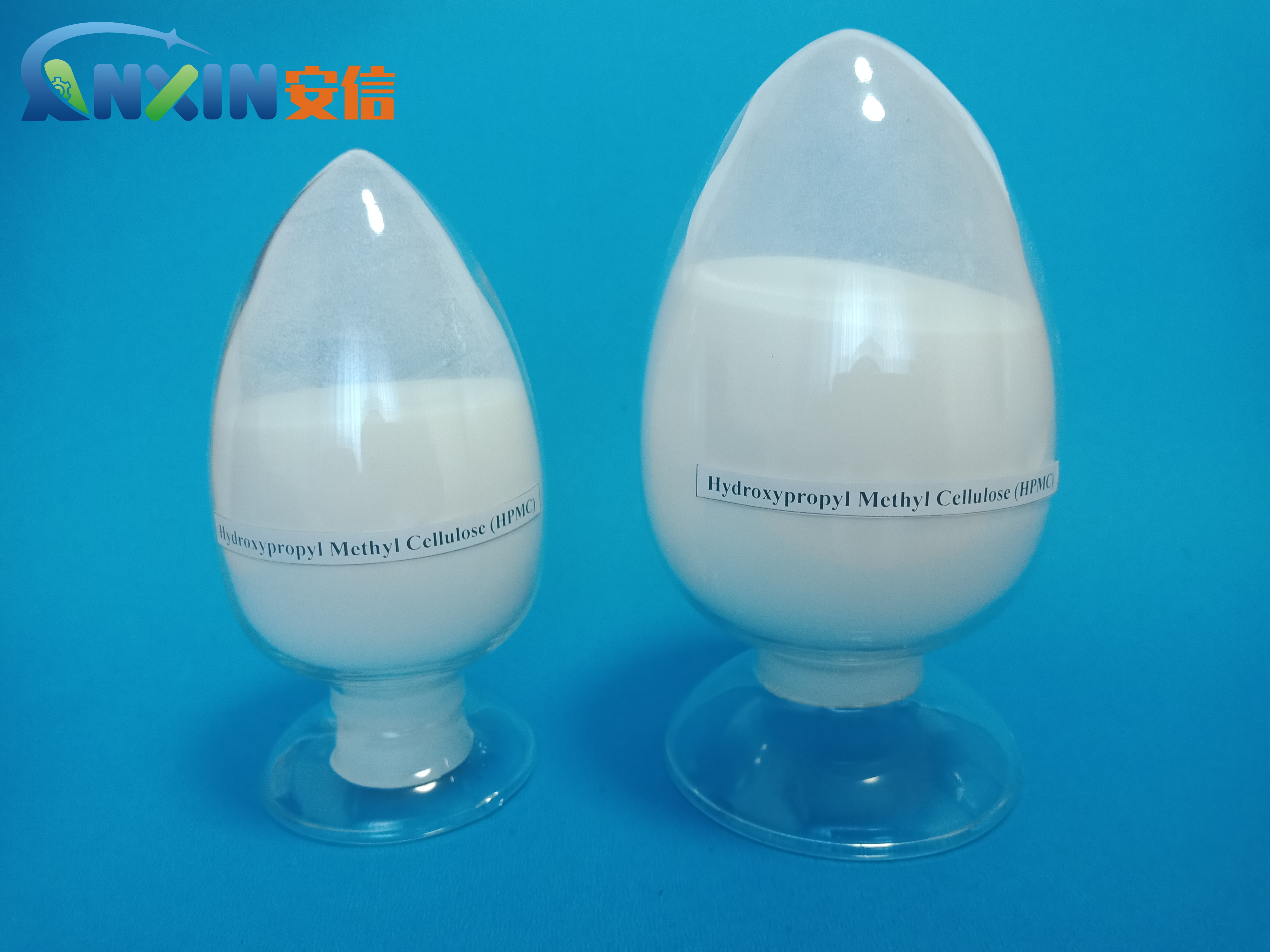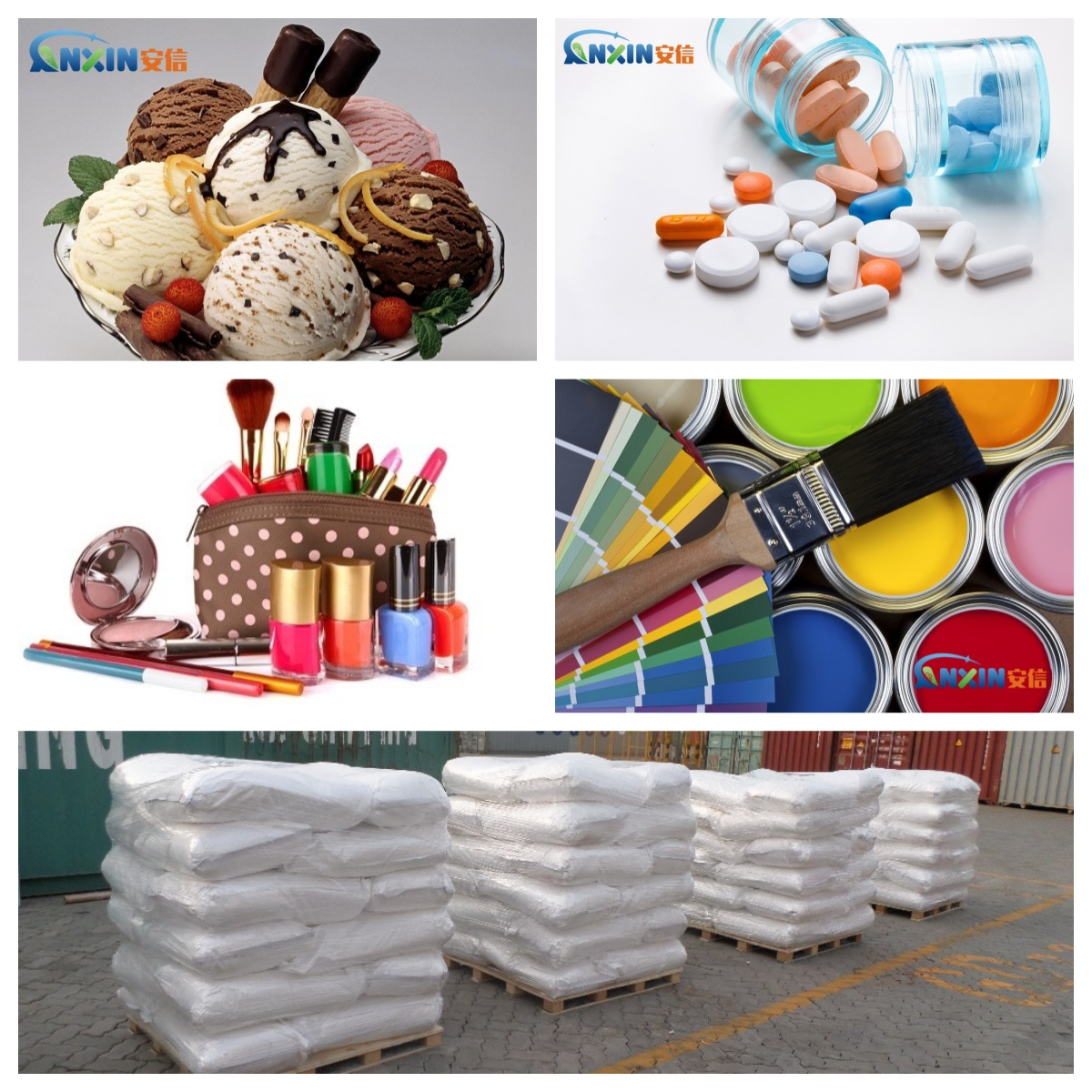Hydroxypropyl methylcellulose (HPMC) is a water-soluble polymer material widely used in medicine, food, construction and other fields. It has good thermal stability, but it may still degrade under high temperature. The degradation temperature of HPMC is mainly affected by its molecular structure, environmental conditions (such as humidity, pH value) and heating time.
Degradation temperature of HPMC
The thermal degradation of HPMC usually begins to appear above 200℃, and obvious decomposition will occur between 250℃-300℃. Specifically:
Below 100℃: HPMC mainly shows water evaporation and changes in physical properties, and no degradation occurs.
100℃-200℃: HPMC may cause partial oxidation due to local temperature increase, but it is stable overall.
200℃-250℃: HPMC gradually shows thermal degradation, which is mainly manifested as structural fracture and release of small molecular volatiles.
250℃-300℃: HPMC undergoes obvious decomposition, the color becomes darker, small molecules such as water, methanol, acetic acid are released, and carbonization occurs.
Above 300℃: HPMC degrades rapidly and carbonizes, and some inorganic substances remain in the end.
Factors affecting HPMC degradation
Molecular weight and degree of substitution
When the molecular weight of HPMC is large, its heat resistance is usually high.
The degree of substitution of methoxy and hydroxypropoxy groups will affect its thermal stability. HPMC with a higher degree of substitution is more easily degraded at high temperatures.
Environmental factors
Humidity: HPMC has strong hygroscopicity, and moisture may accelerate its degradation at high temperatures.
pH value: HPMC is more susceptible to hydrolysis and degradation under strong acid or alkali conditions.
Heating time
Heating to 250℃ for a short time may not completely decompose, while maintaining high temperature for a long time will accelerate the degradation process.
Degradation products of HPMC
HPMC is mainly derived from cellulose, and its degradation products are similar to cellulose. During the heating process, the following may be released:
Water vapor (from hydroxyl groups)
Methanol, ethanol (from methoxy and hydroxypropoxy groups)
Acetic acid (from decomposition products)
Carbon oxides (CO, CO₂, produced by the combustion of organic matter)
A small amount of coke residue
Application heat resistance of HPMC
Although HPMC will gradually degrade above 200℃, it is usually not exposed to such high temperatures in actual applications. For example:
Pharmaceutical industry: HPMC is mainly used for tablet coating and sustained-release agents, usually operated at 60℃-80℃, which is much lower than its degradation temperature.
Food industry: HPMC can be used as a thickener or emulsifier, and the conventional use temperature is usually not more than 100℃.
Construction industry: HPMC is used as a cement and mortar thickener, and the construction temperature generally does not exceed 80℃, and no degradation will occur.
HPMC begins to thermally degrade above 200℃, decomposes significantly between 250℃-300℃, and carbonizes rapidly above 300℃. In practical applications, long-term exposure to high temperature environment should be avoided to maintain its stable performance.
Post time: Apr-03-2025

